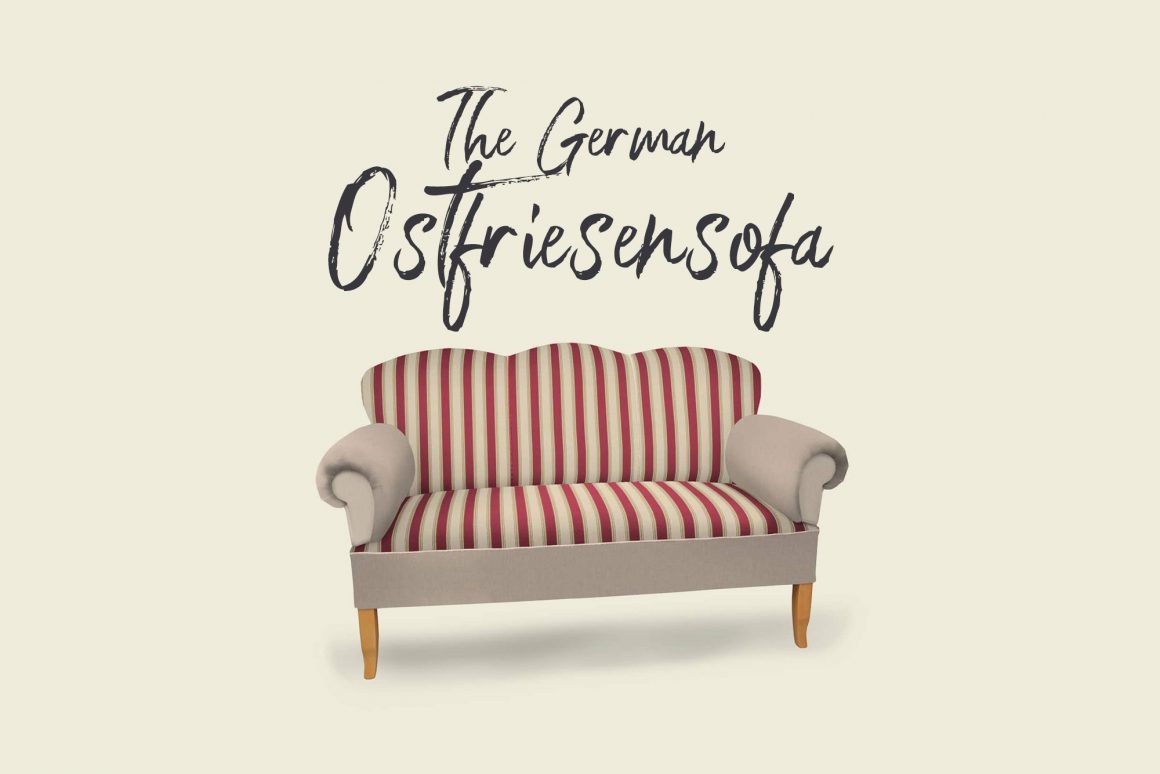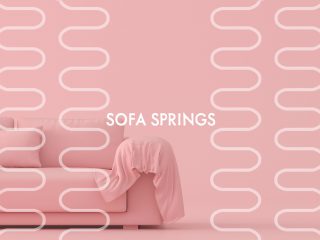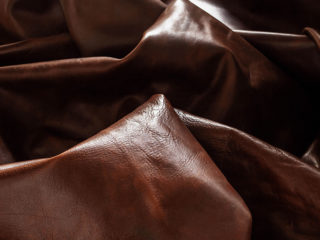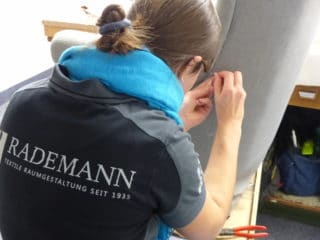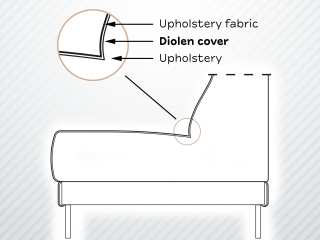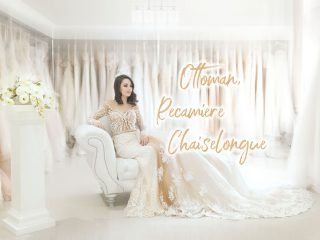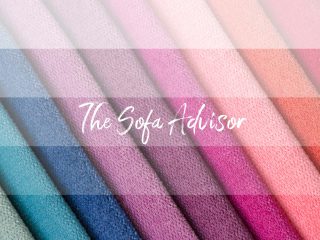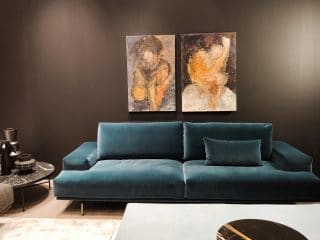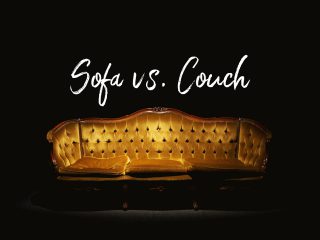Overview
The solid and homely german Ostfriesensofa is also back in kitchens and living rooms of young people. The reason is simple: it’s cozy, cuddly and very practical.
Back to tradition with an Ostfriesensofa
Even in the past, it was virtually impossible to imagine Northern Germany without it from grandma’s and grandpa’s little parlor. The Ostfriesensofa radiates typical North German charm and coziness.
In the past, there was hardly a house in the Ostfriesensofa neighborhood that did not have an East Frisian sofa. Over East Frisian tea with “Kluntje” (special german sugar) and tea cream, or alternatively a “Schnapps” (german word for little alcoholic shot), the latest recipes were exchanged, and people talked about politics or the neighbors. Since the sofa was in the kitchen, food was often prepared on the side.
Nowadays, more people are again reflecting on this tradition and bring a great piece of coziness into the kitchen with an Ostfriesensofa. As a table sofa or kitchen sofa, it is not only cozy but also practical with its foldable armrests on the sides and invites you to take a nap after a hearty meal. Due to the rather high seat it fits perfectly to any country style dining table. The firm upholstery ensures comfortable, upright sitting during the meal.
In the meantime, however, the sofa cuts a fine figure not only in the kitchen. Its slender, high legs give it a certain lightness despite its solid body. In the living room, too, in combination with chairs or an armchair, it is finding an ever-growing following. Young people are also part of it. Lived tradition does not have to be stuffy.
Properly staged and combined with modern influences, traditional pieces of furniture can be the highlight of your own four walls.
Typical Ostfriesensofa
It is easy to recognize the traditional Ostfriesensofa, because the back has three arches. But now there are some optical variants. So it happens that the arches are omitted, and the backrest is straight throughout.
Ostfriesensofa is rather small and cuddly. Most often, a width of 2 meters is not exceeded. Large living landscapes in the typical design of the East Frisian sofa you will look in vain.
However, the round corner is quite popular for a maximum of 4 people. It is suitable for large eat-in kitchens or living rooms. The lengths of the sides are often between 180 cm and 280 cm.
An Ostfriesen-chair or even a stool will be the perfect complement to the sofa in the living room. Thus, a 3-seater can be perfectly combined with a 2-seater and an Ostfriesen-chair. How this can look, you can see here.
Various cover fabrics and designs
The selection of fabric covers for an Osfriesensofa is huge. Whether it will be the fabric in the classic stripe or check design, or you prefer the plain variant, is purely a matter of taste. A mix of stripes or checks with plain fabrics is also often chosen. There are virtually no design limits here. Of course, you should also “include” your existing furniture in the design question.
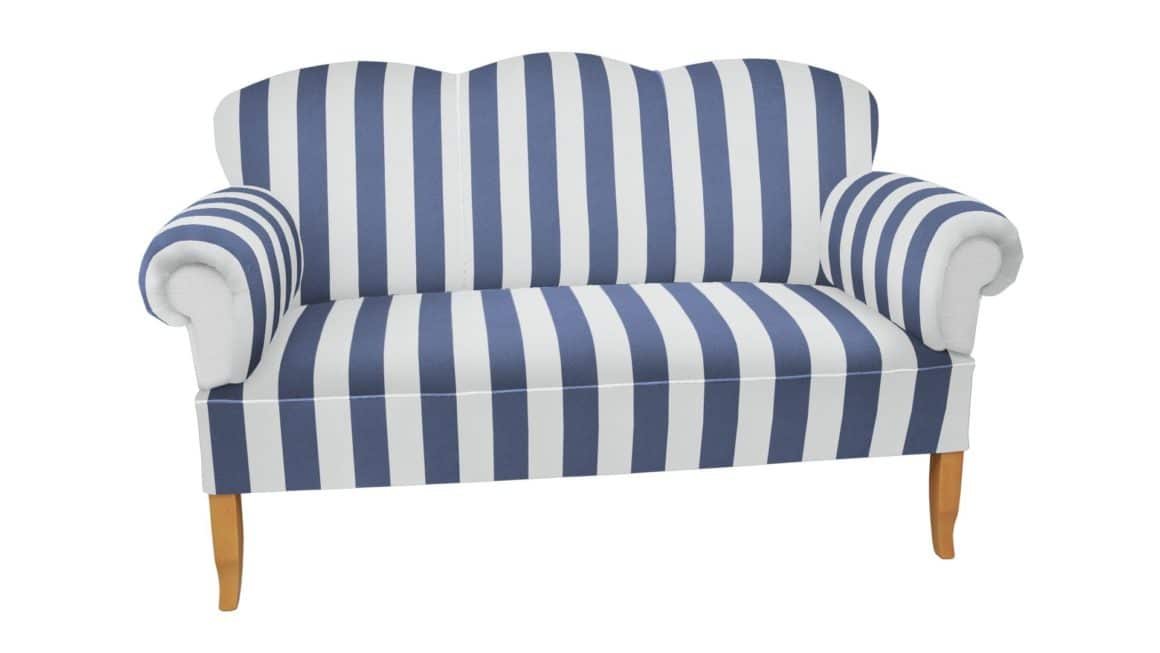
How to make an Ostfriesensofa
The frame of these sofas is usually made of solid beech or oak. Manual work has a tradition in the construction. Inside there is a spring core for high seating comfort. High quality fabrics in various colors and patterns are traditionally upholstered by upholsterers.
Today, in addition to the many optical imitations, there are also various quality differences in terms of frame, springs and upholstery material. The fast, industrial production has not stopped at traditional furniture.
Only a specialist can build you a real one-of-a-kind, made in traditional handicraft. There are still a few of them in East Frisia, Germany.
Mr. Hicken and his pads
If you want German East Frisian flair in your living room, turn to Manfred Hicken, for example. In his workshop in Großefehn, Germany, the upholsterer builds Ostfriesensofa in all sizes and colors according to your wishes and ideas. The adjacent store also has “normal” couch sets in stock, but the Ostfriesensofa is the absolute hit.
